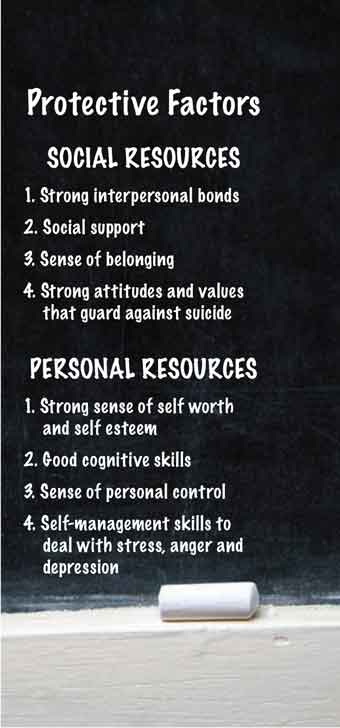
School leaders can do a lot to boost resiliency in their students. First step? Consider protective factors for youth that can boost social and academic success. An award-winning program in the Miami-Dade Public School District has drastically reduced the rate of student suicide, in part by fostering skills that can guard against negative or destructive behaviors.
Largest public school district in Florida sees student suicide rate plummet while academic achievement receives national recognition
Administrators in the Miami-Dade County Public Schools (M-DCPS) have discovered that effective school suicide-prevention programs address more than suicide.
Programs also stress protective factors and resiliency skills.
“There’s a wonderful ‘halo’ effect you can get from a sound suicide prevention program,” notes Deborah Montilla, Administrative Director of the M-DCPS Division of Student Services. Montilla should know.
Under her guidance, the M-DCPS Youth Suicide Prevention and Intervention Program, or YSPIP, has not only garnered attention and accolades, it has dramatically reduced the student suicide rate in the district. The comprehensive and effective program, a model for other districts, uses a three-tier approach to prevention:
1. UNIVERSAL PREVENTION: Prevention for all students via curricula and activities to boost resiliency and protective factors, while preventing and/or mitigating potential risk behaviors. Staff training is designed to create awareness, help identify students with risk behaviors or warning signs, and communicate the risk to school mental health professionals.
2. SELECTED INTERVENTION: Identification and intervention efforts that target students with vulnerabilities such as depression, a recent loss experience, bullying behaviors or other risk factors.
3. INDICATED INTERVENTION: Crisis-response assessment and intervention services for students having suicidal thoughts or behaviors, or demonstrating other self-injurious acts.

